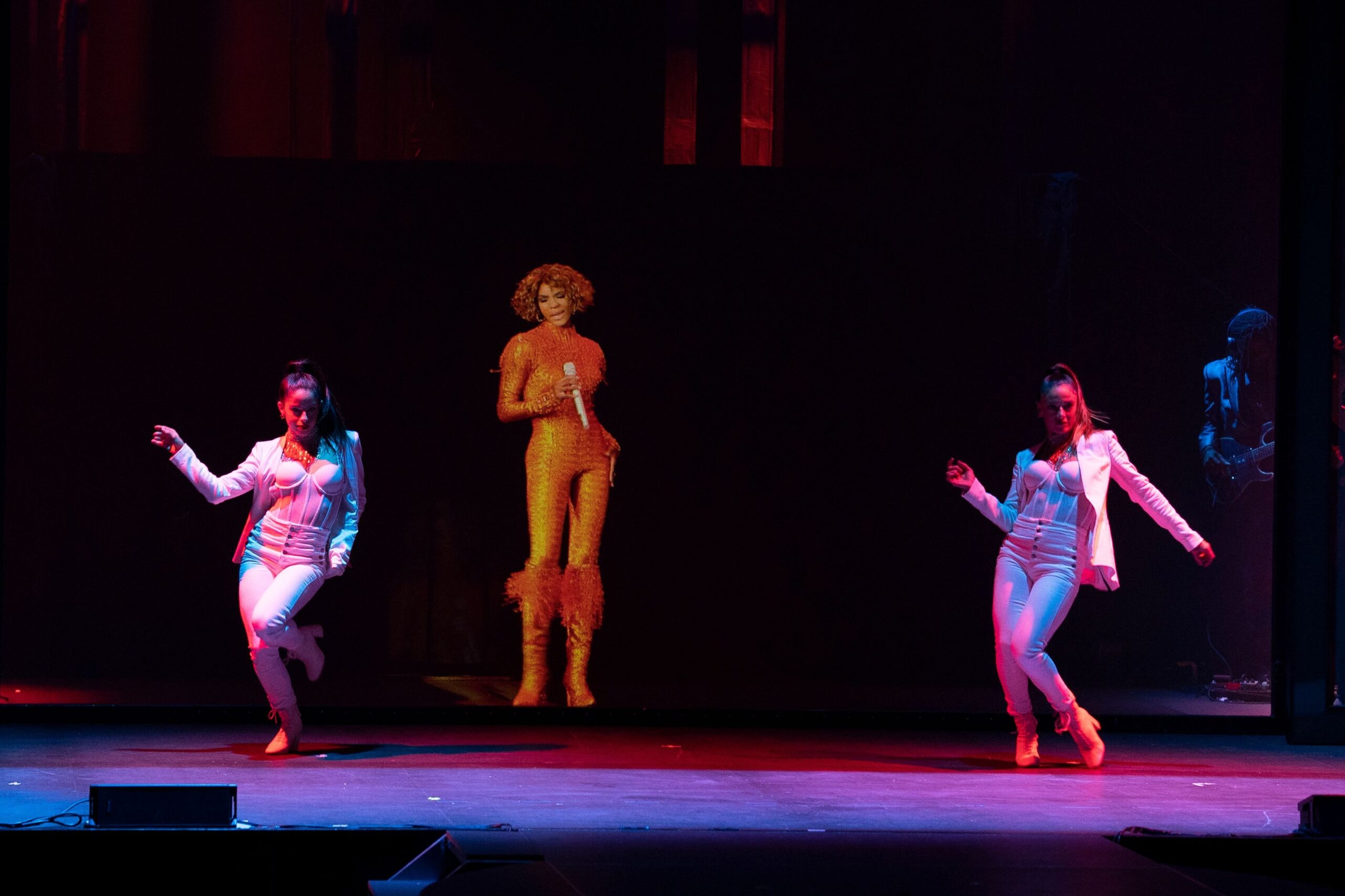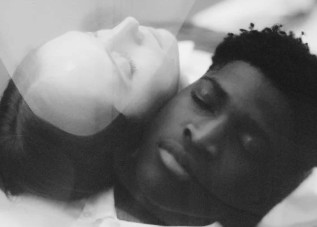This fall, Whitney Houston will go on tour.
Or at least, a holographic version of her will. The late singer’s image—recreated via laser beam shot through a prism—will be transmitted out on stages across the world, allowing millions of fans to experience the star’s legendary presence in not-quite real life. The tour will kick off in Mexico on January 23 and will end in Belarus on April 3rd.
Entitled “An Evening With Whitney,” the tour will be “a celebration of her best work,” according to Brian Becker, the chairman and CEO of BASE Hologram, the company responsible for this. Previously, BASE sent simulations of Roy Orbison and opera singer Maria Callas around the world.
Unless there’s an afterlife and Whitney Houston is looking down from above, the real Whitney will have no say in where and how her image will be projected. Many fans aren’t happy about that. “Capitalism will recreate your likeness and project it in front of millions, so it may posthumously profit off you for eternity,” wrote one disparaging Twitter user. “There are truly no limits to its ethical depravity. Nothing is sacred.”
Another wrote, “Utterly disrespectful and disgusting. Let the greats Rest In Power. Shameful they’re using her name and likeness for this. An evening with Whitney? “That” is NOT Whitney Houston. I’m sorry Nippy, you deserved better.”
It’s true that Whitney Houston will have have no say in where her image is going to be sent and what she’s going to sing on this tour. This raises a lot of questions about the dead and what it means to respect a person’s posthumous legacy and autonomy.
Namely, what do we owe the dead? Is a hologram tour that different from a posthumous biographical film that pieces together a person’s narrative? And if so, why?
Whitney Houston seems like an inevitable choice for a hologram tour, but in some ways she’s also a particularly terrible selection because of how widely and deeply beloved she was and is. Fans are so tenaciously invested in her legacy that it seems like this concert has a good chance of being canceled, in both the real world and the digital one (the lines between these worlds, of course, are feeling blurrier by the day).
Still, is a hologram tour so different from what record companies have always done to artists, creating images and projections of who they are and selling them at thousands of dollars a seat? Regardless, there’s something so profoundly uncanny about the concept of buying tickets to see a 3D representation of a deceased person that it’s hard to imagine one of these tours ever sitting right.
In the end, hologram tours seem like the logical result of late capitalism’s desire to drag every last penny out of each product and consumer, humanity’s desire to transcend death, and the emergence of the technology that theoretically makes this transcendence possible. The problem is that Whitney Houston herself never signed off on her own rebirth—but if she had signed a waiver allowing her hologram to be projected after she dies, would that make a hologram tour more okay? What if a living artist started sending out holograms instead of (or even while) actually touring, and would it make a difference if the holograms were broadcast live? Or is there something irreplaceable and sacred about seeing your favorite artist in the flesh?
Related Articles Around the Web














